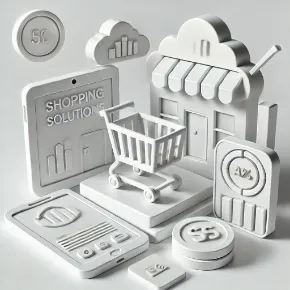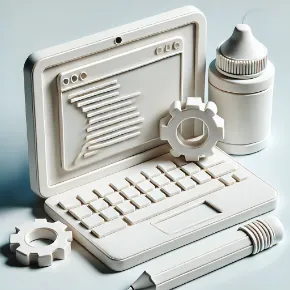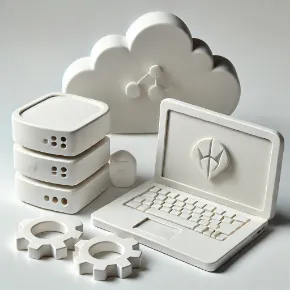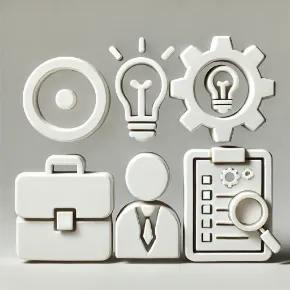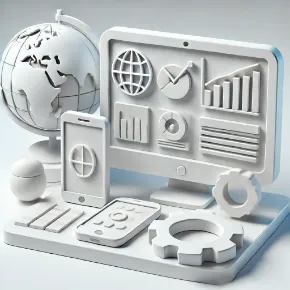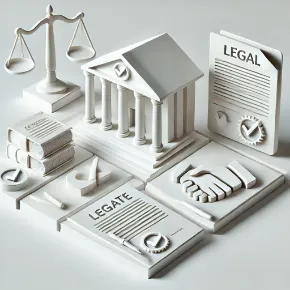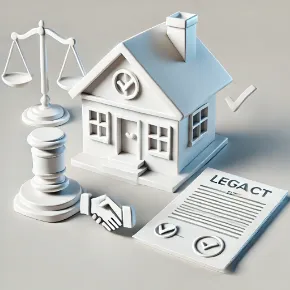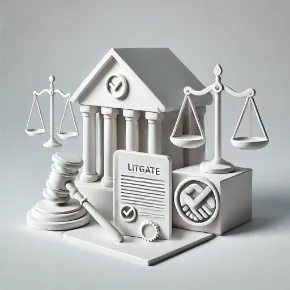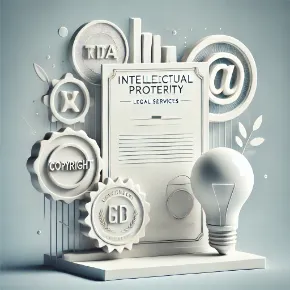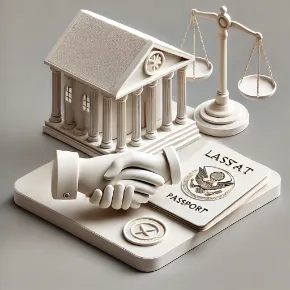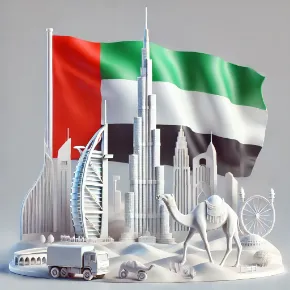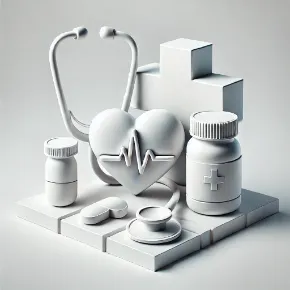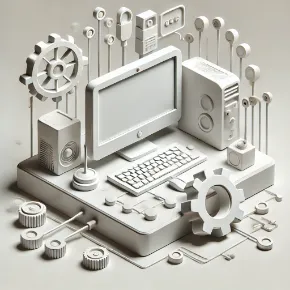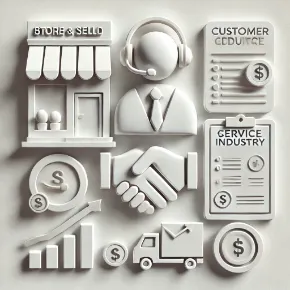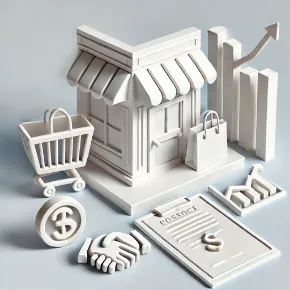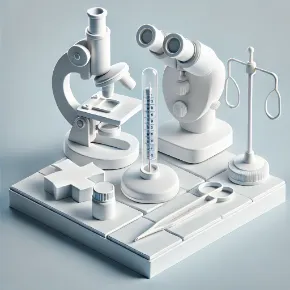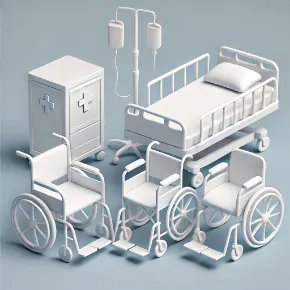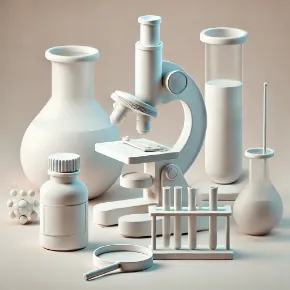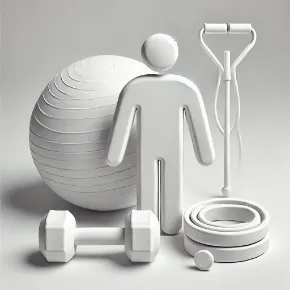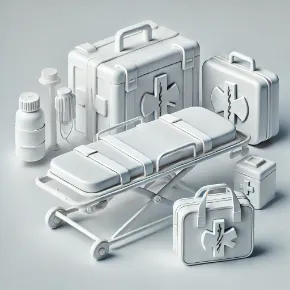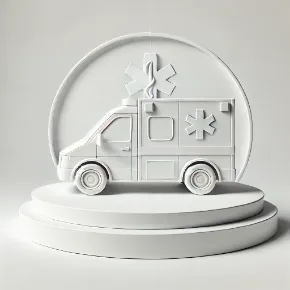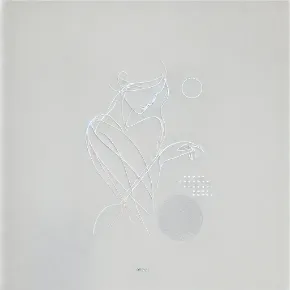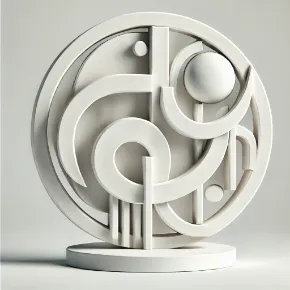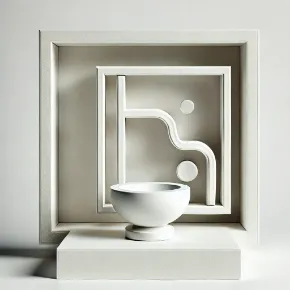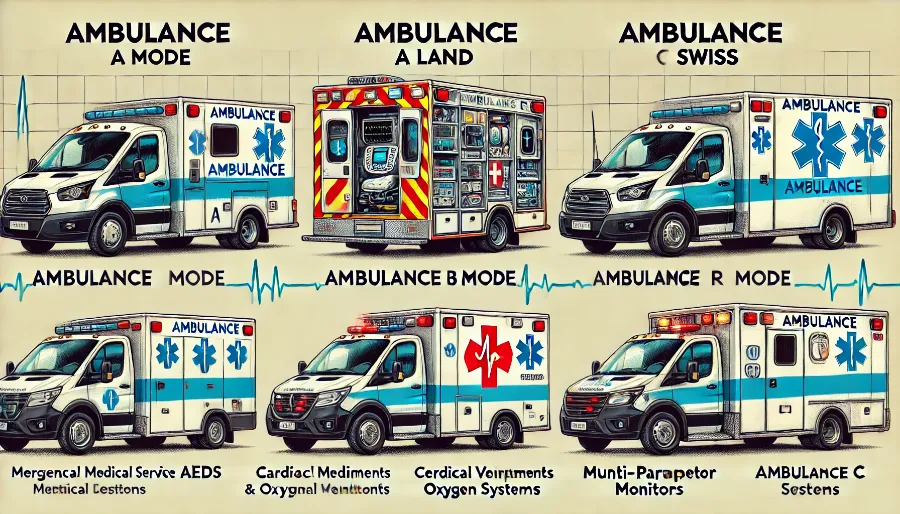
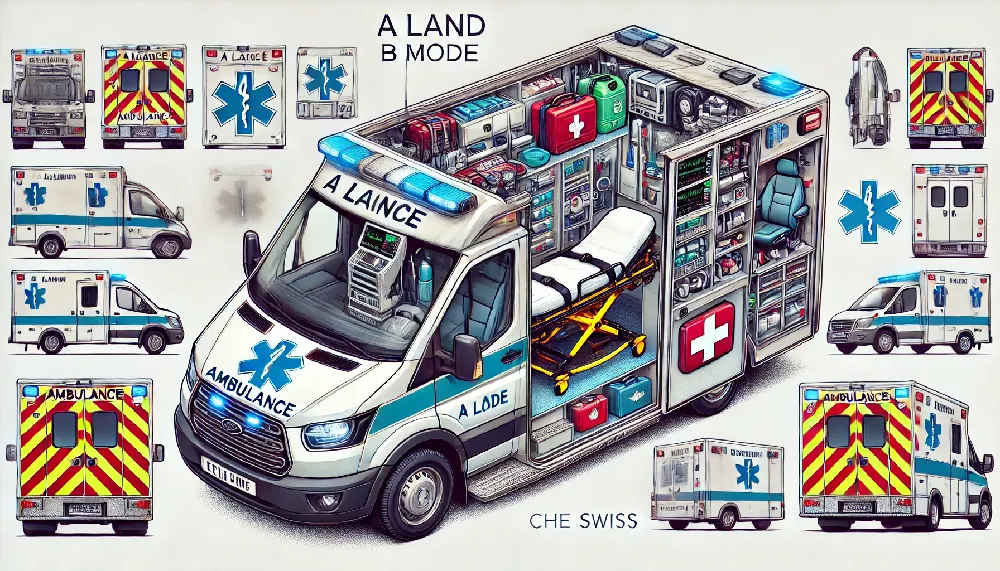
Authored by Dr. Pooyan Ghamari, PhD
Ambulances serve as a vital link in the chain of emergency medical services (EMS), each model tailored to address varying levels of medical exigencies. This comprehensive exposition elucidates the distinctive attributes, applications, and comparative merits of Ambulance Models A, B, and C, providing an intricate understanding of their pivotal roles in healthcare.
---
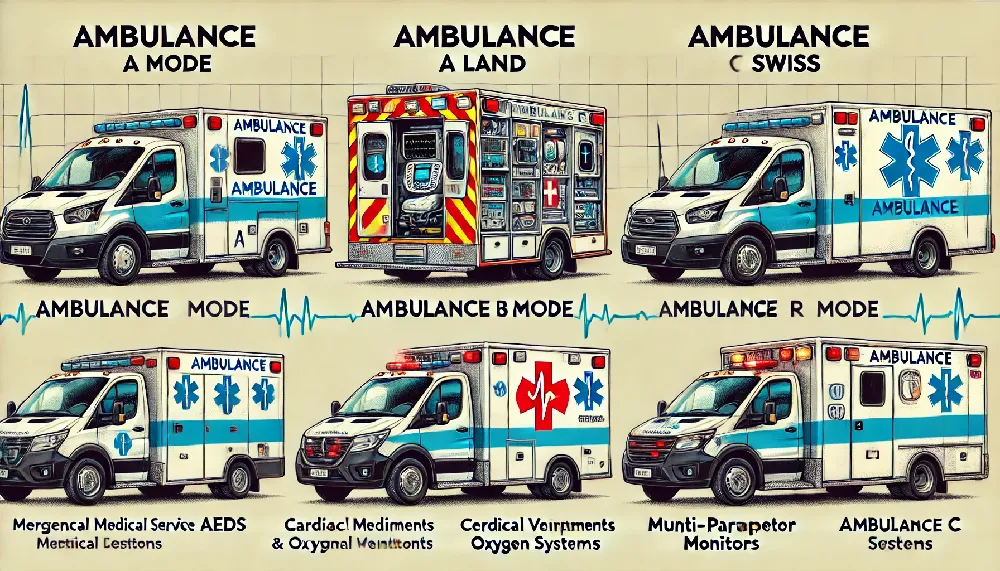
#### Ambulance A Mode: Advanced Life Support (ALS)
**Ambulance A Mode** is meticulously designed for patients necessitating sophisticated medical interventions en route. These ambulances are outfitted with state-of-the-art medical apparatus and are manned by highly trained paramedics.
**Salient Features:**
- **Cardiac Monitors:** Facilitate continuous electrocardiographic surveillance.
- **Intravenous Lines:** Enable the administration of pharmacological agents and fluids intravenously.
- **Advanced Airway Management Tools:** Incorporate endotracheal tubes and laryngoscopes for airway control.
- **Defibrillators:** Crucial for administering therapeutic shocks during cardiac arrest.
- **Comprehensive Medication Kits:** Equipped with a broad spectrum of emergency drugs.
- **Oxygen Delivery Systems:** Essential for patients requiring supplemental oxygenation.
**Principal Applications:**
- **Critical Emergency Response:** Ideal for managing myocardial infarctions, cerebrovascular accidents, and severe trauma.
- **Inter-Facility Transfers:** Ensures safe transfer of critically ill patients between healthcare facilities.
- **Event Medical Support:** Provides advanced medical readiness at large public gatherings.
**Paramedic Training:**
- **Advanced Cardiac Life Support (ACLS):** Training in managing cardiac emergencies.
- **Advanced Airway Management:** Skills in maintaining and securing airways.
- **Trauma Life Support:** Expertise in handling severe traumatic injuries.
**Advantages:**
- Provision of high-level medical interventions.
- Staffed by paramedics with advanced training.
- Suitable for severe and life-threatening emergencies.
**Limitations:**
- Elevated operational costs due to advanced equipment.
- Limited availability in rural and underserved areas.
---
#### Ambulance B Mode: Basic Life Support (BLS)
**Ambulance B Mode** caters to patients who do not require intensive medical interventions during transport. These ambulances are equipped with fundamental medical tools and are operated by Emergency Medical Technicians (EMTs).
**Salient Features:**
- **Oxygen Delivery Systems:** For basic respiratory support.
- **First Aid Kits:** Containing bandages, splints, and antiseptics.
- **Automated External Defibrillator (AED):** For immediate use in sudden cardiac arrest.
- **Basic Monitoring Equipment:** Includes blood pressure cuffs and stethoscopes.
- **Stretcher:** Facilitates safe and secure patient transport.
- **Safety Restraints:** Ensure patient stability during transit.
**Principal Applications:**
- **Non-Emergency Transfers:** Transporting patients between hospitals, nursing homes, and residential settings.
- **Emergency Situations:** Suitable for fractures, minor burns, and mild respiratory distress.
- **Event Coverage:** Provides standby medical support at various public events.
**EMT Training:**
- **CPR (Cardiopulmonary Resuscitation):** Lifesaving technique for cardiac emergencies.
- **Basic Airway Management:** Ensuring patient airways remain open.
- **Wound and Fracture Care:** Skills in treating and stabilizing minor injuries.
**Advantages:**
- Cost-efficient operation.
- Effective for non-critical patient transport.
- Widely available across different regions.
**Limitations:**
- Limited to basic medical interventions.
- EMTs are not trained for advanced medical procedures.
---
#### Ambulance C Mode: Critical Care Transport (CCT)
**Ambulance C Mode** is designated for the transportation of critically ill patients requiring continuous and complex medical care. These ambulances are furnished with specialized medical equipment and staffed by critical care nurses and paramedics.
**Salient Features:**
- **Advanced Cardiac Life Support (ACLS) Equipment:** Includes cardiac monitors, defibrillators, and infusion pumps.
- **Mechanical Ventilators:** For patients necessitating mechanical breathing assistance.
- **Multi-Parameter Monitors:** For continuous surveillance of vital signs such as ECG, blood pressure, and oxygen saturation.
- **Specialized Medication Kits:** Equipped with critical care drugs, including sedatives and vasopressors.
- **Portable Lab Equipment:** Allows for on-the-spot blood gas analysis and other diagnostics.
- **Advanced Airway Management Tools:** Such as fiber-optic laryngoscopes and portable suction units.
**Principal Applications:**
- **Inter-Facility Transfers:** Transporting critically ill patients between hospitals for specialized care.
- **Post-Surgical Transfers:** For patients needing intensive monitoring after major surgery.
- **Trauma Care:** Providing advanced stabilization and care for severely injured patients.
- **Neonatal and Pediatric Intensive Care:** Specialized transport for critically ill infants and children to intensive care units.
**Training for Critical Care Staff:**
- **Advanced Cardiac Life Support (ACLS):** Training for managing severe cardiac conditions.
- **Critical Care Nursing:** Specialized skills in handling multi-system organ failure.
- **Mechanical Ventilation Management:** Expertise in operating and troubleshooting ventilators.
- **Advanced Trauma Life Support (ATLS):** Skills in managing severe trauma.
- **Telemedicine Utilization:** Proficiency in using telemedicine for real-time specialist consultations.
**Advantages:**
- Comprehensive and continuous medical care during transport.
- Staffed by highly trained critical care professionals.
- Equipped with specialized medical apparatus for intensive care.
**Limitations:**
- High operational costs.
- Limited availability, typically reserved for the most critical cases.
---
### Comparative Analysis
**Equipment and Capabilities:**
- **Ambulance A Mode (ALS):** Advanced medical equipment, suitable for severe emergencies requiring intensive interventions.
- **Ambulance B Mode (BLS):** Basic medical tools, ideal for non-critical and minor emergencies.
- **Ambulance C Mode (CCT):** Specialized equipment for continuous critical care, including mechanical ventilation and advanced monitoring.
**Staffing and Training:**
- **Ambulance A Mode:** Paramedics trained in advanced life support techniques.
- **Ambulance B Mode:** EMTs trained in basic life support procedures.
- **Ambulance C Mode:** Critical care nurses and paramedics with advanced training in critical care management.
**Applications:**
- **Ambulance A Mode:** Best suited for critical emergencies and inter-facility transfers involving serious medical conditions.
- **Ambulance B Mode:** Effective for non-emergency transfers and minor emergencies requiring basic medical care.
- **Ambulance C Mode:** Ideal for transporting critically ill patients who need intensive monitoring and continuous care.
**Cost and Availability:**
- **Ambulance A Mode:** Higher cost, limited availability in rural areas.
- **Ambulance B Mode:** Cost-effective and widely available.
- **Ambulance C Mode:** Highest operational cost, limited to critical cases and specialized facilities.
Ambulance Models A, B, and C each fulfill distinct and indispensable roles within the EMS framework. Understanding their unique features, applications, and capabilities is crucial for ensuring patients receive the appropriate level of care during transport. From basic life support to advanced and critical care, these ambulances are integral to delivering timely and effective medical services. Proper utilization, regular maintenance, and adherence to established protocols are essential to optimizing patient outcomes and enhancing emergency response efficacy.
---
This detailed guide, authored by Dr. Pooyan Ghamari, PhD, provides an in-depth understanding of Ambulance Models A, B, and C, equipping you with the knowledge to make informed decisions in emergency medical services.

